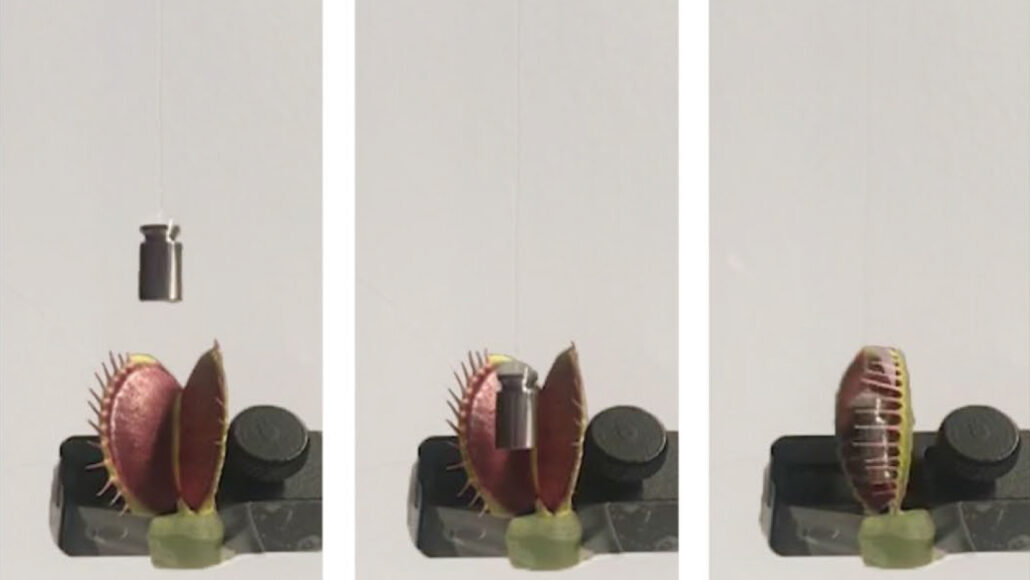app: Short for application, or a computer program designed for a specific task.
bot: (short for web robot) A computer program designed to appear that its actions come from some human. The goal is to have it interact with people or perform automated tasks such as finding and sharing online information through social-media accounts.
carnivorous plant: A plant that trap animals, usually insects, as food.
colleague: Someone who works with another; a co-worker or team member.
diameter: The length of a straight line that runs through the center of a circle or spherical object, starting at the edge on one side and ending at the edge on the far side.
electrode: A device that conducts electricity and is used to make contact with non-metal part of an electrical circuit, or that contacts something through which an electrical signal moves. (in electronics) Part of a semiconductor device (such as a transistor) that either releases or collects electrons or holes, or that can control their movement.
electronics: Devices that are powered by electricity but whose properties are controlled by the semiconductors or other circuitry that channel or gate the movement of electric charges.
force: Some outside influence that can change the motion of a body, hold bodies close to one another, or produce motion or stress in a stationary body.
materials scientist: A researcher who studies how the atomic and molecular structure of a material is related to its overall properties. Materials scientists can design new materials or analyze existing ones. Their analyses of a material’s overall properties (such as density, strength and melting point) can help engineers and other researchers select materials that are best suited to a new application.
novel: Something that is clever or unusual and new, as in never seen before.
prey: (n.) Animal species eaten by others. (v.) To attack and eat another species.
robot: A machine that can sense its environment, process information and respond with specific actions. Some robots can act without any human input, while others are guided by a human.
Singapore: An island nation located just off the tip of Malaysia in southeast Asia. Formerly an English colony, it became an independent nation in 1965. Its roughly 55 islands (the largest is Singapore) comprise some 687 square kilometers (265 square miles) of land, and are home to more than 5.3 million people.
smartphone: A cell (or mobile) phone that can perform a host of functions, including search for information on the internet.
voltage: A force associated with an electric current that is measured in units known as volts. Power companies use high-voltage to move electric power over long distances.








